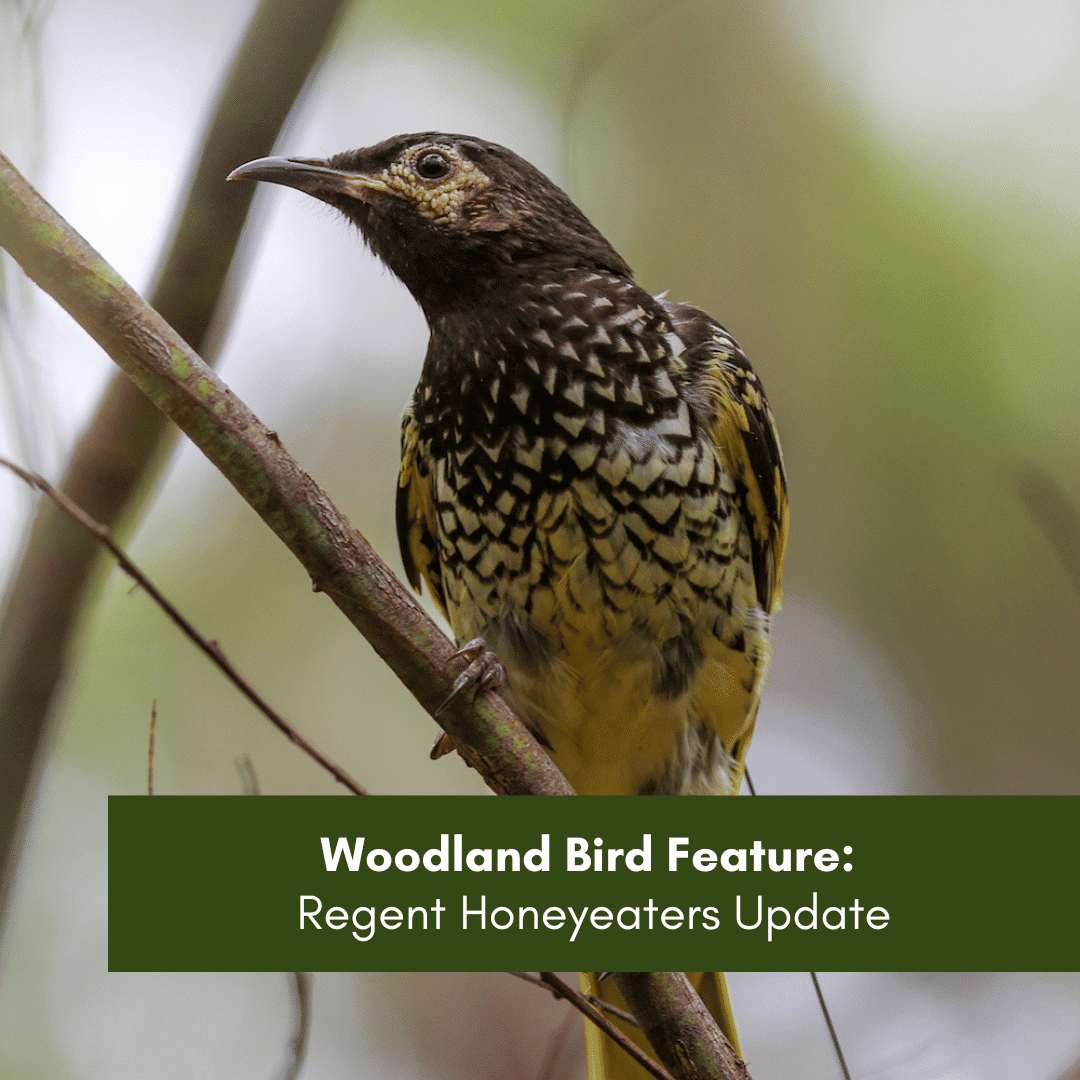With the final Regent Honeyeaters that were being monitored as part of the 2022 captive release seemingly leaving the vicinity of the Tomalpin Woodlands, the hunt is now on to find where they have gone – and – where other Regent Honeyeaters are!
Right now, as you’re reading this, BirdLife Australia (who monitor the Regent Honeyeater population) do not know the whereabouts of a SINGLE BIRD anywhere across its entire range. BirdLife Australia really need the community’s help in locating where our precious Regent Honeyeaters are.
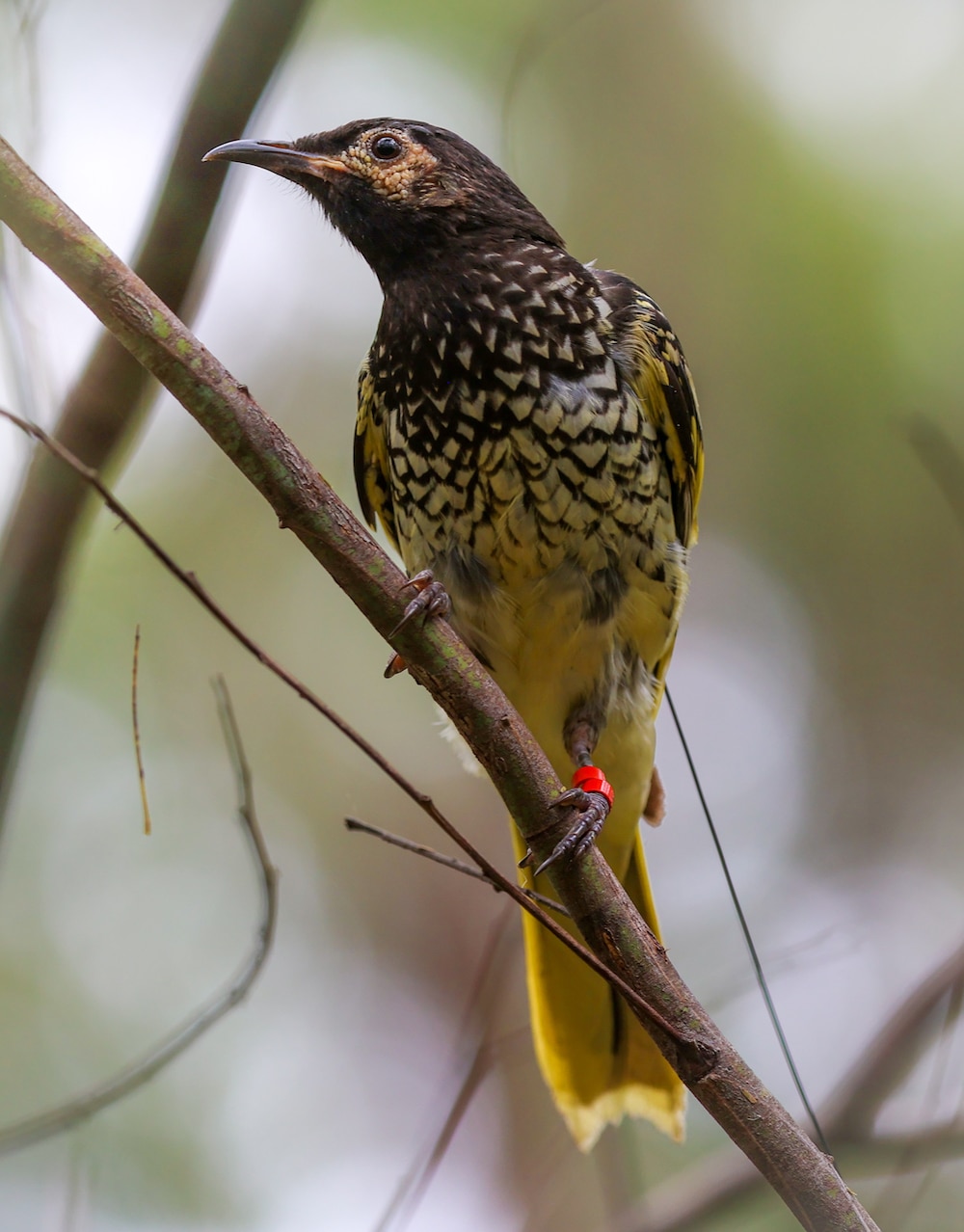
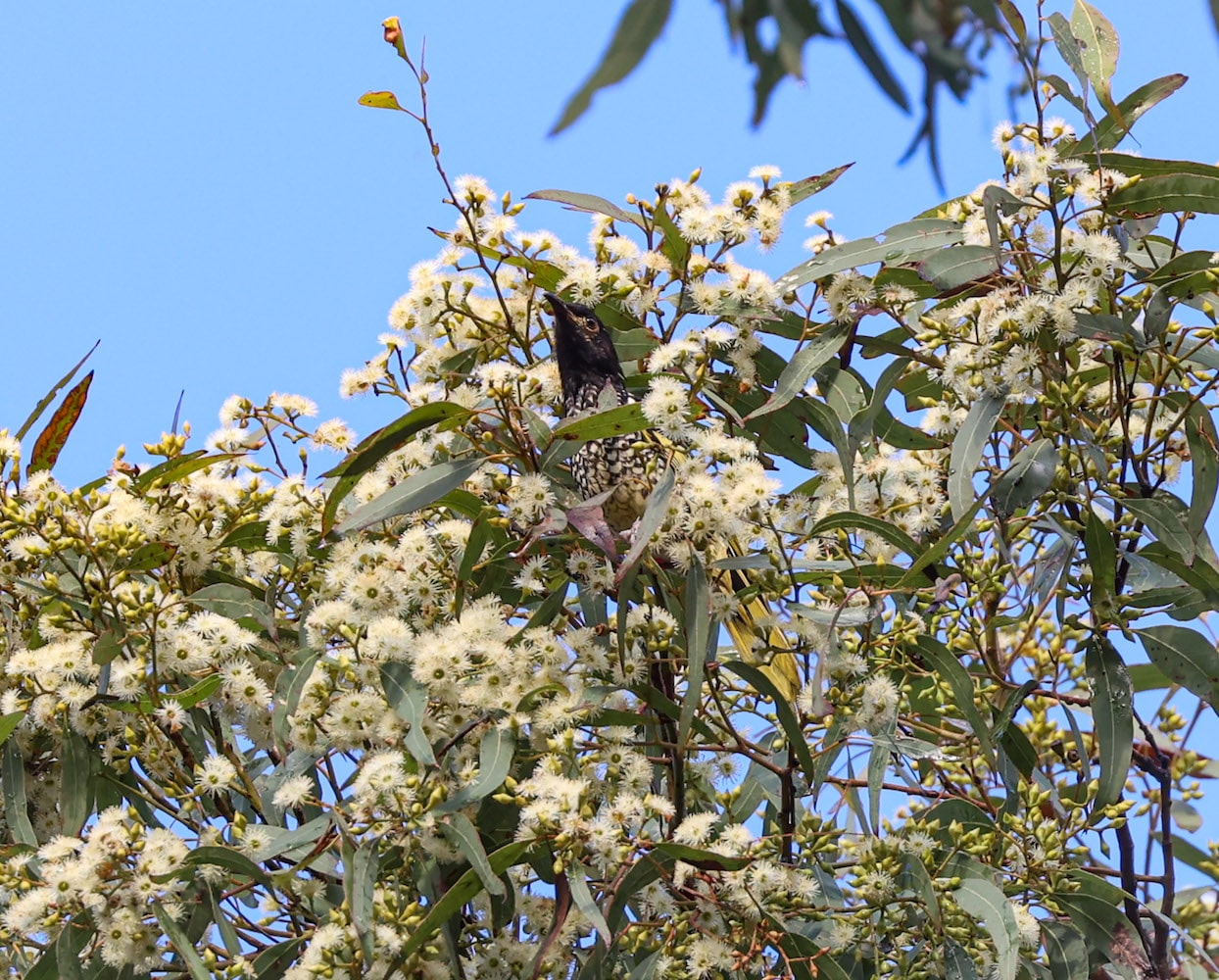
BirdLife are gearing up for the impending breeding season where they propose to implement a range of nest-protection measures to try and help this critically endangered species breed successfully.
In all of the 2022 breeding season, no successful nests were found and the only evidence of breeding was two juveniles found during the 2022 captive release monitoring.
They need your help finding Regent Honeyeaters!
Right now, the best blossom in the Hunter is around Lake Macquarie and Port Stephens in the low-lying areas where Swamp Mahogany (Eucalyptus robusta) is flowering. This is a very high-yielding gum tree that produces large quantities of nectar and is one of the Regent Honeyeater’s favourite winter food sources. There could easily be Regents lurking around the Hunter Region.
For more information on how to identify a Regent Honeyeater and report sightings, see here.
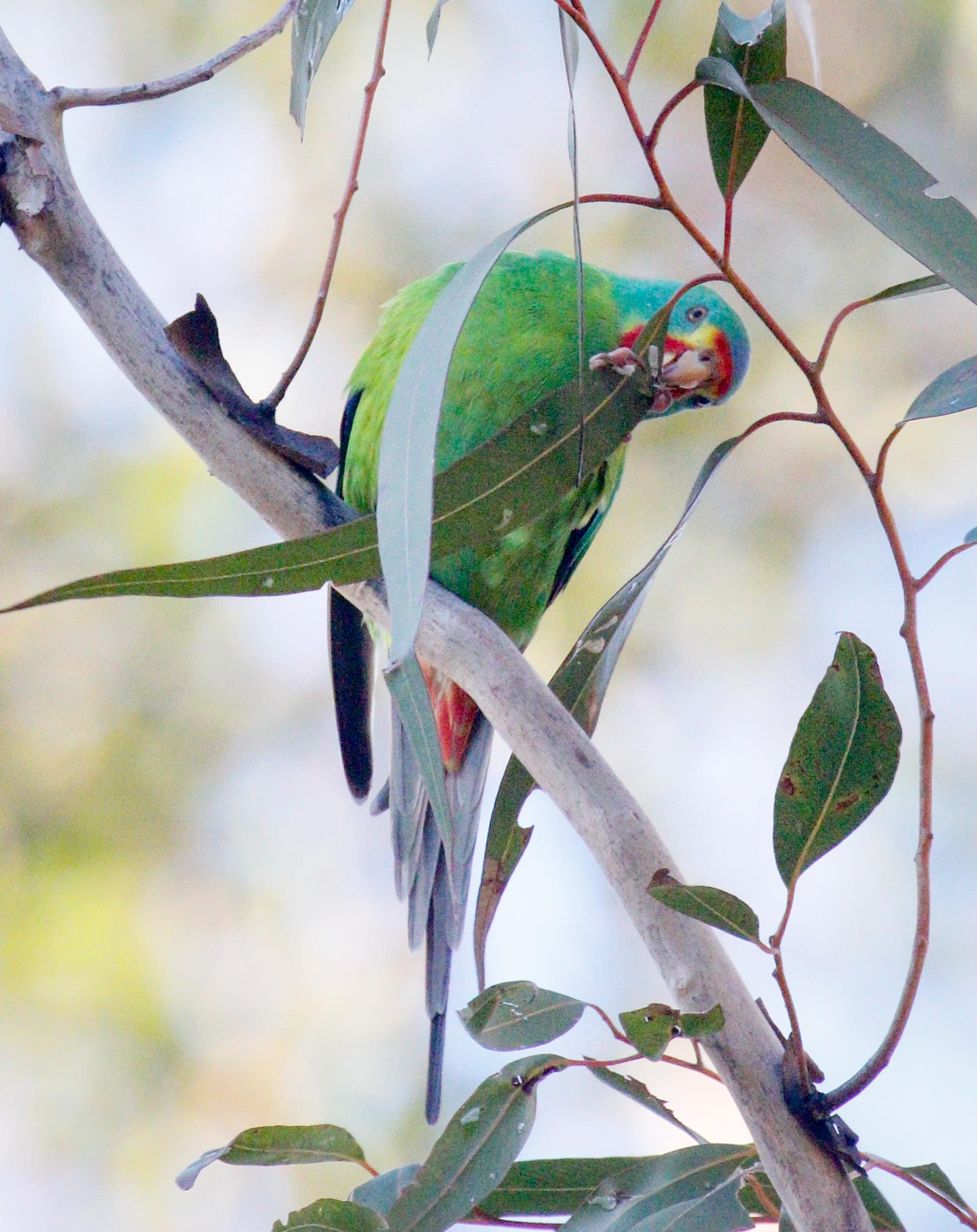
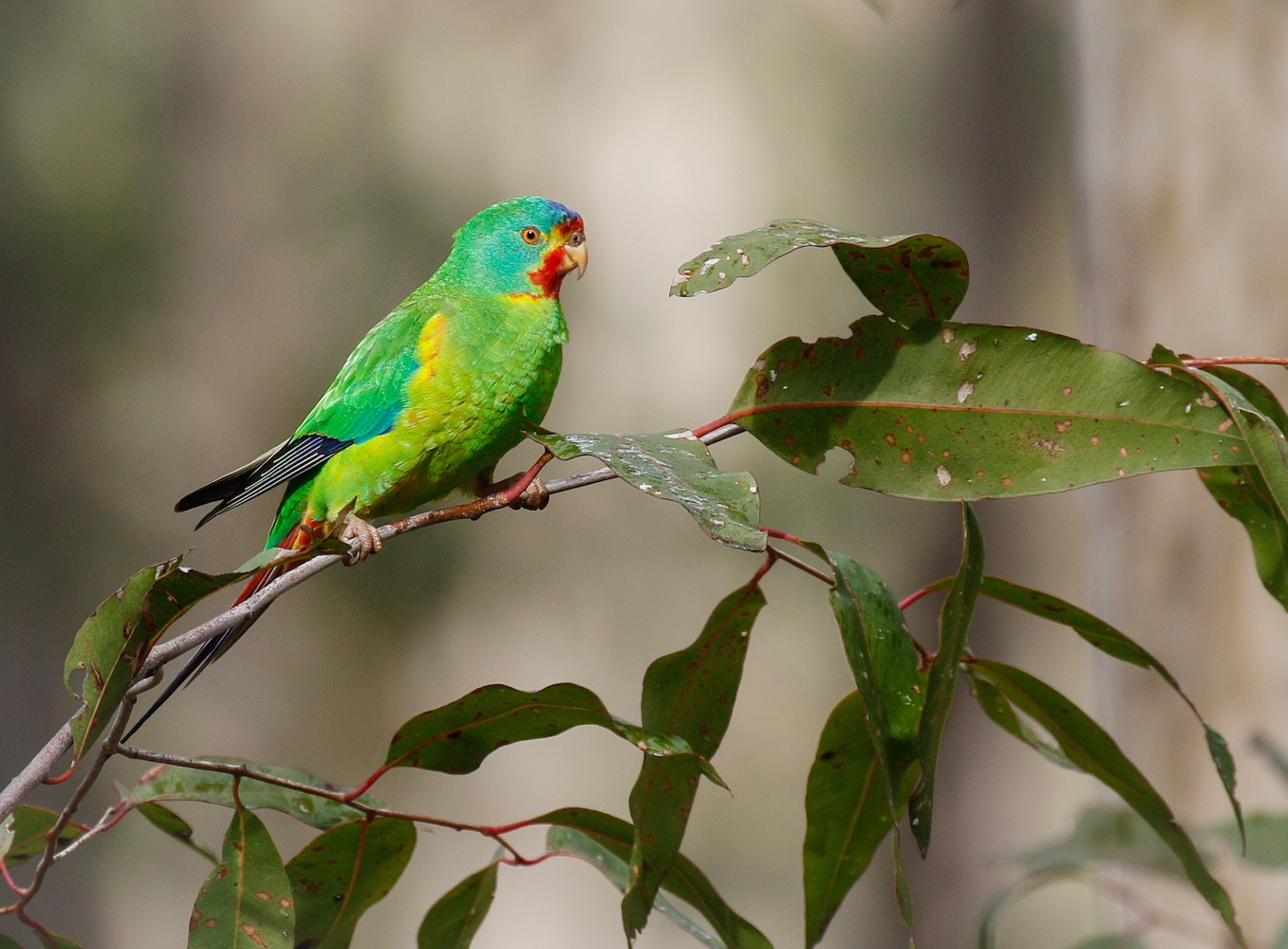
We’re also near the end of the first Swift Parrot Search survey period for 2023. If you’re not inclined to do standardised surveys, please feel free to just go searching for Swifties as well! They could also be around the Lake and Port, but could be anywhere really – especially where high lerp loads are present on the foliage, such as on the fringing areas surrounding Bell Miner colonies.
So put on your Citizen Scientist hats, bring your binoculars and bird guide and get out into the bushland, Landcarers!

